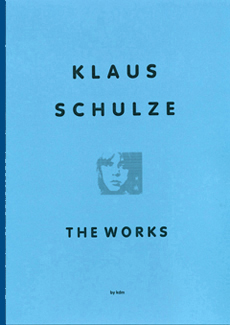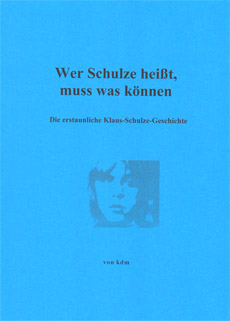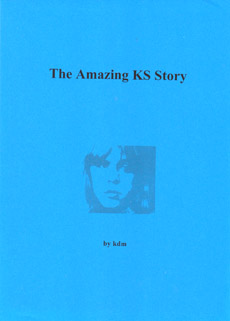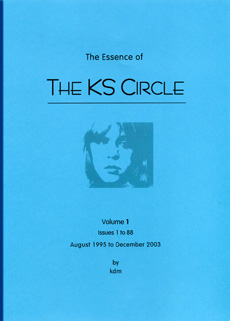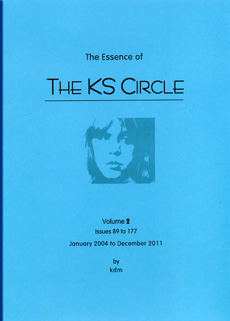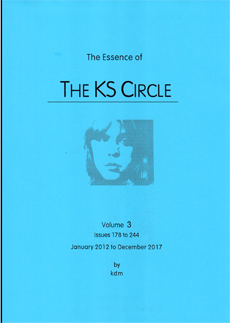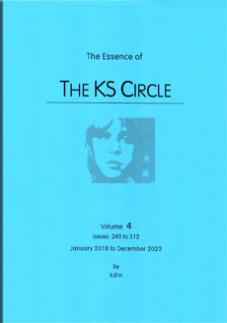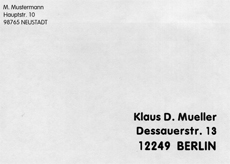Samstag, 6. Juli 2024
.

.
The KS Circle no. 6, March 1996

.
The KS Circle no. 6, March 1996
kdm, 18:16h
... link
.
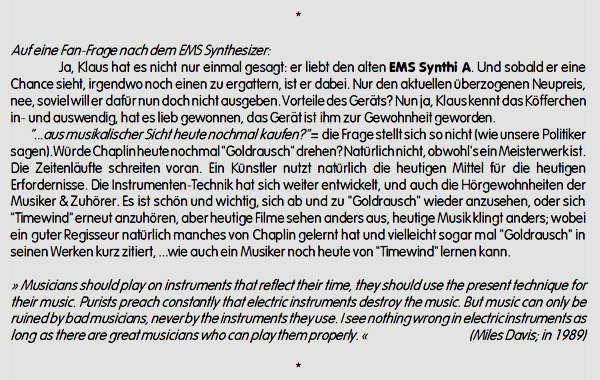
.
The KS Circle no. 35, June 1999

.
The KS Circle no. 35, June 1999
kdm, 18:14h
... link
Donnerstag, 27. Juni 2024
From the Circle Archive
.
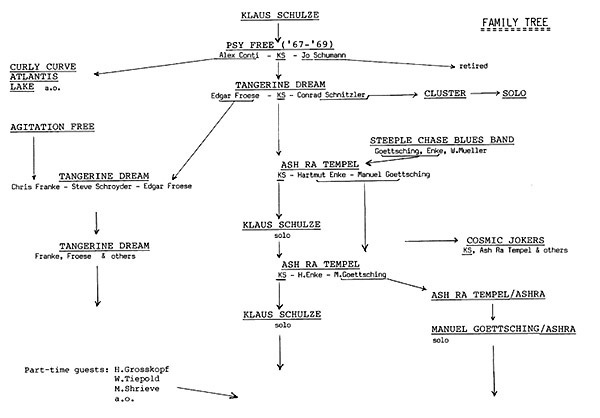
.
Family tree from the seventies, shown in Circle issue no. 269

.
Family tree from the seventies, shown in Circle issue no. 269
kdm, 13:02h
... link
Samstag, 22. Juni 2024
From the Circle Archive
.
 .>
.>
.
The KS Circle no. 49, September 2000
 .>
.>The KS Circle no. 49, September 2000
kdm, 10:39h
... link (2 Kommentare) ... comment
.

.
The KS Circle no. 31, January 1999

.
The KS Circle no. 31, January 1999
kdm, 10:36h
... link
.
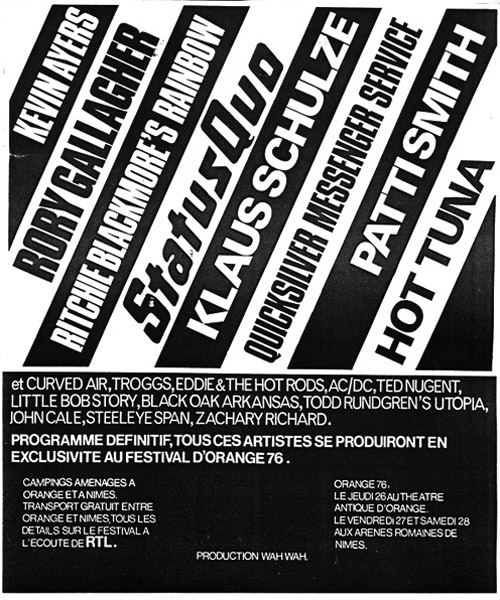 .
.
.
From The KS Circle no. 30: French Rock Festival in summer 1976
 .
.From The KS Circle no. 30: French Rock Festival in summer 1976
kdm, 10:32h
... link
Dienstag, 4. Juni 2024
From the kdm Archive
.
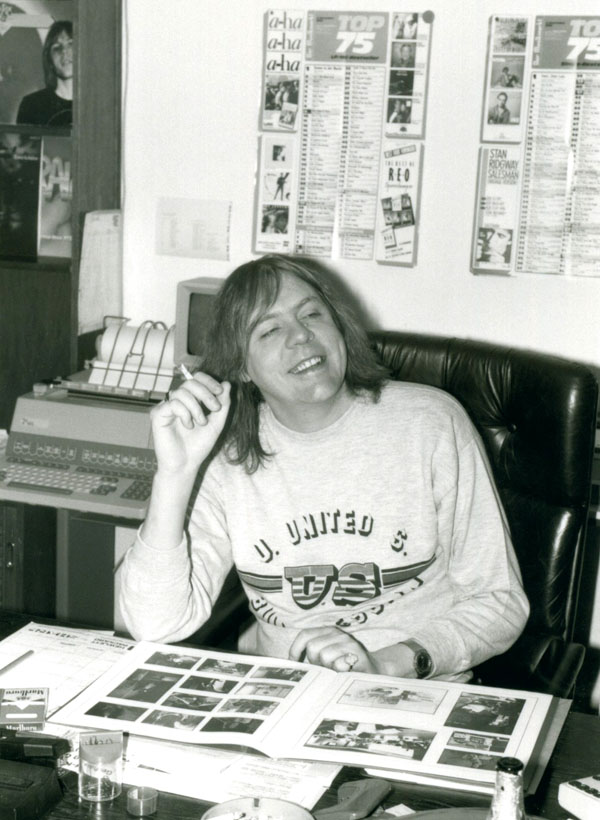
.
Snapshot from 1986

.
Snapshot from 1986
kdm, 22:33h
... link
Sonntag, 26. Mai 2024
From the Circle Archive
.
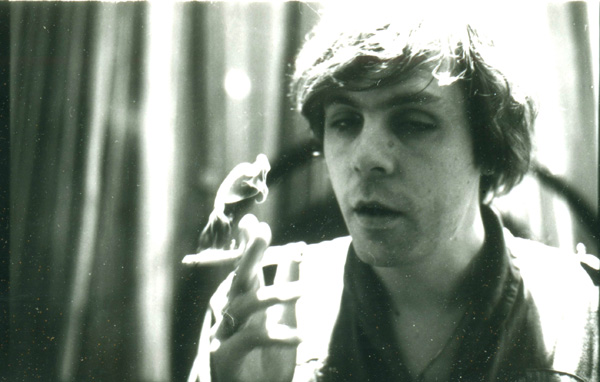
.
Snapshot in May 1981

.
Snapshot in May 1981
kdm, 12:21h
... link
.

.
The KS Circle no.31, January 1999

.
The KS Circle no.31, January 1999
kdm, 12:11h
... link
.
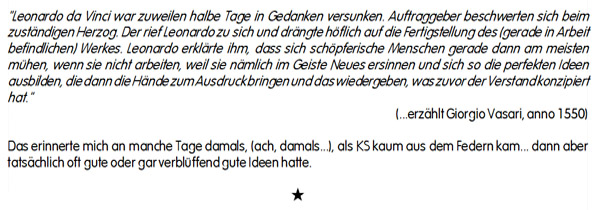
.
The KS Circle no.231, November 2016

.
The KS Circle no.231, November 2016
kdm, 12:10h
... link
... nächste Seite


